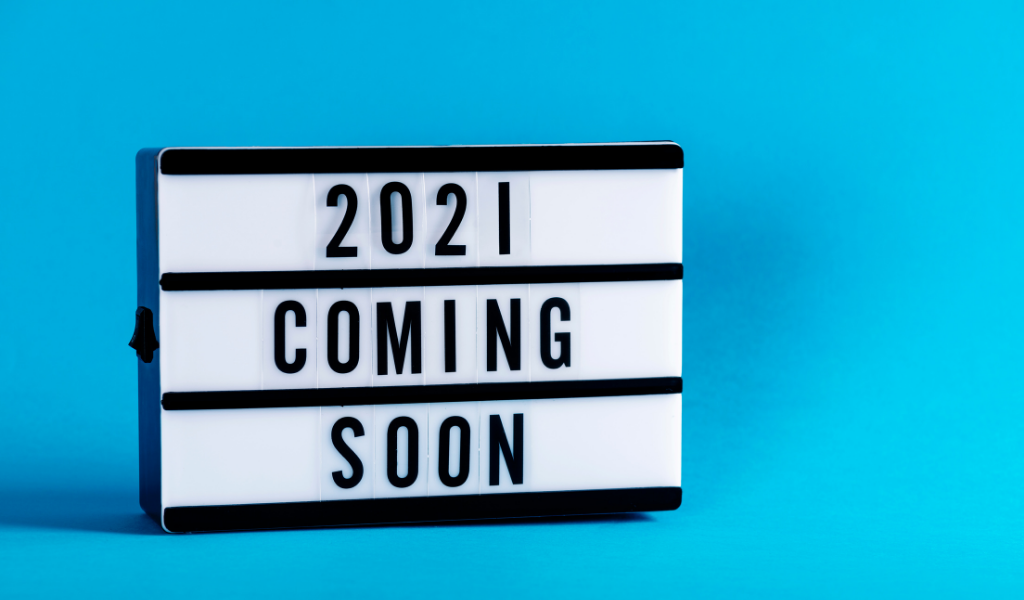This year has been one of uncertainty and has brought unprecedented change to our work and home lives—or what many of us now call our work-from-home lives. For the organization I work for, InHerSight, which boasts the largest database of women-rated companies, this turbulent year has presented a unique opportunity. Although we’ve always regularly collected proprietary data, we’ve never been able to poll women employees and job seekers in such a rapidly evolving environment, all with the knowledge that how we all work has likely changed forever.
Since March, we’ve conducted nearly 20 surveys and studies (and counting) about the pandemic, remote and non-remote work, companies responding to racial injustice, keeping moms in the workforce, and more. From that data, we’ve gained insight into how employers can continue to attract and retain top talent. Heading into 2021, these four questions are ones hiring managers—and even leadership looking to support their current workforce—should be prepared to answer.
WHAT SAFETY MEASURES DID YOU PUT IN PLACE—OR DO YOU HAVE IN PLACE—TO PROTECT EMPLOYEES DURING THE PANDEMIC?
It’s hard to imagine a time when the COVID-19 pandemic will be behind us—but please, start imagining it. InHerSight asked nearly 2,000 women whether they’ll evaluate potential employers based on their response to the pandemic. Sixty-nine percent said yes. Their top concern? Thirty-four percent of women said they’ll evaluate potential employers on the safety measures they put in place, such as temperature checks and mask mandates, after reopening.
That response easily beat out others we thought would be just as important, such as whether the company experienced furloughs or layoffs (15%), provided paid sick leave (19%), if and when the company closed to the public (18%), or when the company reopened (15%). In other words, protect the health of your employees, and your company’s reputation, now. Your potential employees are watching.

WHAT WILL THE ONBOARDING PROCESS BE LIKE?
Interviewing and hiring remotely are challenges in themselves, but what’s it like to be a new hire joining a company when you’ve never met anyone in person or seen the office space? InHerSight asked more than 1,500 women what they’d be most concerned about when starting a new job while remote. Getting trained and up to speed, at 45%, overtook other fears such as bonding with coworkers (7%) and the stability of the company (19%).
We read that data this way: It’s one thing to face a learning curve in an office, where your newness is constantly visible and teammates can drop in as needed. But when everyone is online, check-ins need to be structured. The newcomer, who doesn’t know everyone’s role yet and might be hesitant to reach out, shouldn’t have to find someone to help them learn their job. Job seekers want to know there will be designated time for training and questions to keep them from fretting over job security. Give them that reassurance.
WILL I HAVE THE OPTION TO WORK REMOTELY INDEFINITELY?
A lot of companies are tackling the post-pandemic work-from-home question now, but regardless of what your organization decides (work from home until Tuesday, work from home until there’s a vaccine, work from home forever), expect prospective employees to ask for some kind of remote option. In InHerSight’s survey on this topic, 50% of the more than 1,000 women polled said they wanted to work remote full-time post-pandemic and 47% said part-time. Only 3% desired no remote work.
This isn’t surprising. Donald Thompson, CEO of the consulting group The Diversity Movement, told us this: “It’s going to be tough for companies to go back to that old structure if there are tools that allow for good productivity in a work-from-home situation.” If you can do it now, why not well into the future? It’s up to you to answer that question.
HOW EXACTLY IS YOUR COMPANY SUPPORTING DIVERSITY, EQUITY, AND INCLUSION?
Gone are the days of lip service—we hope. In the wake of this summer’s Black Lives Matter movement, InHerSight asked more than 1,000 women whether they were satisfied with their company’s response to racial injustice. Only 29% were satisfied or very satisfied. The remaining respondents were either unsatisfied, very unsatisfied, More than a third (37%) worked for a company that did not even acknowledge the protests. In the same survey, 55% of women told us they didn’t believe their organization would make an effort to combat racism at work in the future.
In addition to this being a must-address cultural issue, this is a morale issue. Lack of diversity, we know, contributes to a low sense of belonging and a feeling of isolation, which leads to turnover. (InHerSight actually measures this feeling and the success of diversity initiatives for every company on our platform using two metrics: a sense of belonging and support for diversity. This data gives job seekers insight into workplaces where employees feel they can bring their whole selves to work.)
If a job seeker is leaving a company because they feel unseen, unheard, and unrepresented—which does and will continue to happen—expect them to ask for transparency in how your organization is moving diversity, equity, and inclusion metrics before they accept a job. Be ready to show them the numbers.
Have you read?
- How Virtual Reality (VR) Is Benefiting Seniors
- Studying undergrad abroad vs studying postgrad abroad
- 5 Common Study Abroad Myths And The Truth Behind Them
Source Fast Company






Recent Comments